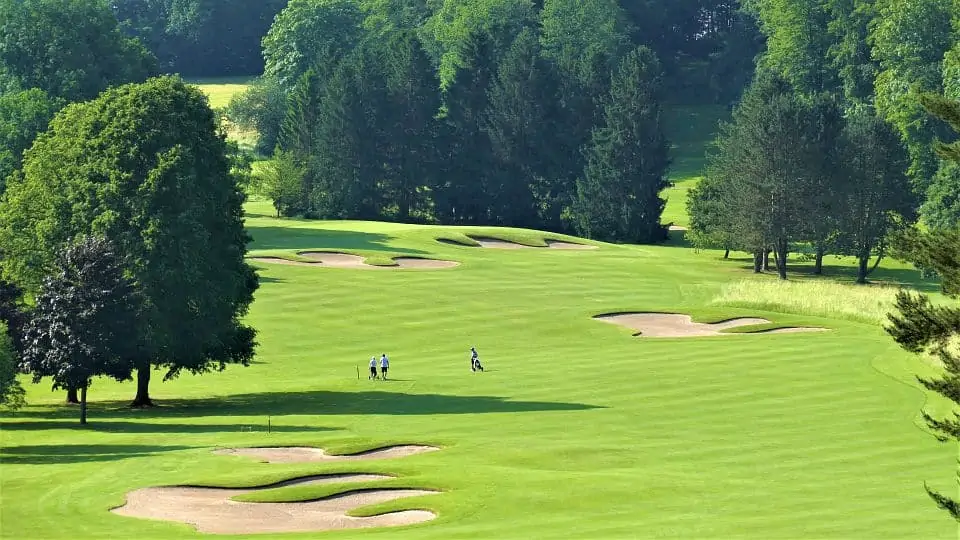Stuttgarter GC: Top sport and nature conservation in harmony
It’s a question of self-image: “We want future generations to be able to play golf in a well-kept landscape,” says the President of Stuttgart’s GC Solitude, Markus Ostrop . Anyone in Germany who is talking about a successful combination of top-class sport and nature conservation cannot ignore the facility in Mönsheim. Squad players and young professionals are on site every day on the 18-hole course – but we play and train on fairways and greens, which have managed without pesticides for years.
Compatibility of play ability and nature conservation
“The change in mood here came in the mid-1980s,” ex-greenkeeper Hubert Kleiner remembers the beginnings: “We wanted a landscaped golf course that was in harmony with nature.” Balancing playability and conservation has since become a constant challenge. “You really have to create awareness among the members,” summarizes Kleiner.
“For us, it’s all about strengthening the plant”
The aim is top quality. If you are looking for the natural way, you need a good amount of perseverance and interest in the plant: “For us it’s about strengthening the plant,” explains Marcel Heide, who took over the task of head greenkeeper in March. The idea is logical: only healthy, strong grass can withstand high levels of stress and disease in the long term. Reaching out quickly for pesticides might make some things easier in the long run – in Mönsheim we have resisted this temptation for a long time. In view of the fact that fewer and fewer pesticides are approved, a knowledge advantage has also been built up in this way.
55 hectares of biodiversity
In the meantime, the local golfers have also internalized the various measures. For Gunther Hardt, who is promoting the subject Golf & Nature in Stuttgart GC Solitude, the 55-hectare area is a place that offers enormous potential when it comes to promoting biodiversity: deadwood areas, flower strips, hedges, Bruckwald, wetland biotopes, and, and, and… The list of projects is complete long, it is supplemented every year with one or the other detail. Many of the measures, especially the development of high-quality meadow areas, take years to really mature.
“Disorder means biodiversity”
Hardt is a person who can get excited and enthusiastic. When he sees a wild bee at the pond on lane 9, he is thrilled. When he takes a look at the swamp forest, where the vegetation develops without human intervention, he comes to life. And yet he knows: The golfer must be informed, must be taken along on the way to more biodiversity on the golf course. “Clutter means biodiversity,” he explains to a couple who is passing by and points to the stinging nettle bushes along the way. One or the other player would have liked to shave them off first. The situation changes when Hardt talks about the 40 species of butterflies that this plant attracts.
In the meantime, the facility has been recertified several times in the “Golf & Nature” program of the German Golf Association, and it is already taking part in the “Golf Course Habitat” project of the Baden-Württemberg Golf Association. The DGV innovation prize “Golf and Environment ” was won with score cards made from grass paper. The best connections are maintained with the local NABU. The groundwork of the last decade is now having an effect.
Nature and top-class sport are compatible – this motto has developed into a successful project at the Stuttgarter GC Solitude.
https://golfsustainable.com/cc-schloss-langenstein-top-thema-wassermanagement/







